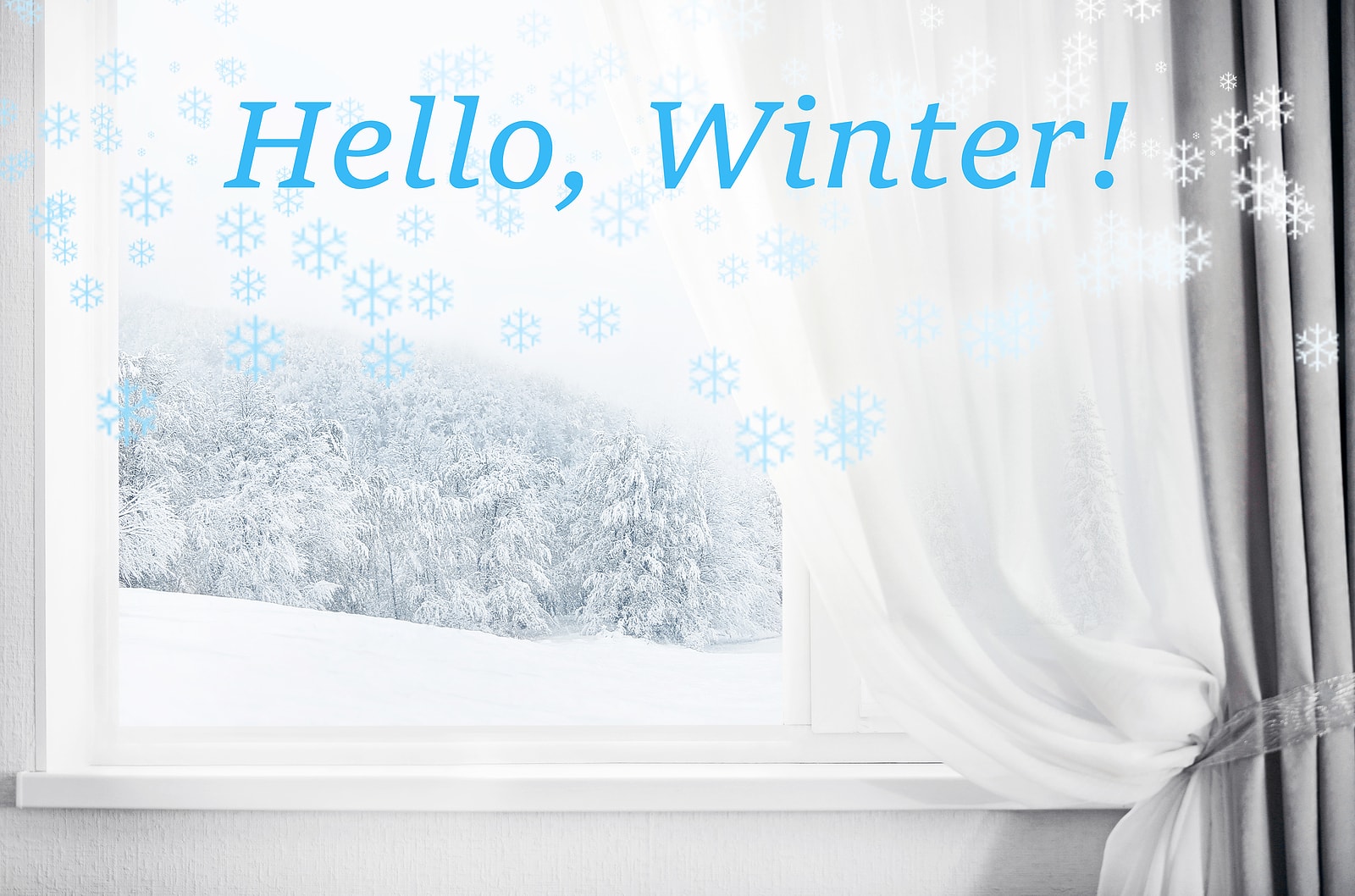Winter Prep: The Apartment Version
You might think that, because you live in an apartment, you are free of any of that winterizing prep that would be involved, in say, a single-family home, when in fact, there are a number of things to do, and to be mindful of. We’ve been spoiled so far, but inevitably, winter is coming…
1. Examine your windows
The most popular escape route, for the heat in your apartment, is through the windows, whether they are open or not. A poorly sealed window can be a drain on your heating bill and the heating system, and if left open, can even put the pipes at risk of freezing and bursting. For me, drafty windows always conjure up the image of blow dryers, impossible plastic wrap and finicky double-sided tape. While shrink-wrapping your windows, especially if they are an older style, is often a suitable solution, you should contact your property manager if you have any concerns.
2. Monitor humidity levels
With your windows sealed tight, it can become difficult for your home to ‘breathe’, and with this, humidity levels will rise. While some humidity is necessary, too much or too little can start to cause problems in your apartment. Excessive humidity is a wonderful environment for mold to grow, and can even create condensation in the walls which may lead to structural damage and wood rot. Quite often, the first sign of too much humidity will be condensation on your windows. If you happen to notice this, we recommend taking a towel to wipe up the moisture on the window and the sill, and turn on your fans – the exhaust fan over your stove, or in your bathroom. This will help suck the moisture from the air and get it circulating. Consider also, leaving your curtains open during the day so that the windows can dry out and the sun can warm the room naturally.
3. Leave the heat on
In the name of energy conservation and saving on your heating bill, it may be tempting to lower your thermostat during the day, while you are at work or are away for an extended period of time. But never let the heat dip below 16C. This is the minimum temperature to ensure that the pipes don’t freeze and burst – a problem that will not only affect you and your insurance premiums, but your neighbors too. If you insist on lowering the temperature in your apartment while you are away, we recommend programming your thermostat for weekday/weekend use, keeping in mind the rule of thumb that it takes about 1 hour to raise the temperature 1 degree.
4. You can still save money and conserve energy!
Before you reach for the dial to crank up the heat, consider the following: Change over to flannel bedding for the winter months. Lay down rugs on the hardwood or tile floor. Close the curtains at night to keep the heat in. Invest in wool throws or cozy comforters and keep them easily accessible. Keep slippers by the front door to put when you get home and consider keeping a few spares on hand for guest use. Leave your most favourite comfy sweater on the back of the couch or close at hand. Stock up on hot beverages. Hone your baking and/or cooking skills – not only will the heat from the stove warm the space, but your place will smell great too!
5. Warm up from the inside out
If you see your neighbour struggling in the snow with their groceries, give them a hand inside. If you notice an icy patch or precarious looking icicles dangling from the eaves, notify your building manager. If a fellow resident’s car won’t start in the morning, offer to give them a boost. If you’ve baked too many cookies than you know what to do with, offer some to the new people that just moved in across the hall. Being kind and neighbourly doesn’t have to end because of COVID. Winter already makes life a little extra cumbersome, and with the new health directives it’s likely to make yourself and those around you feel more isolated than ever before. Get creative, we can still help take care of each other! No doubt, this will fill you with the warm fuzzies.
Final note: Alberta’s Minimum Housing Standards dictate that “The heating system must be able to safely maintain a minimum indoor temperature of 22C”. If you experience that this isn’t the case, contact your property manager immediately.




